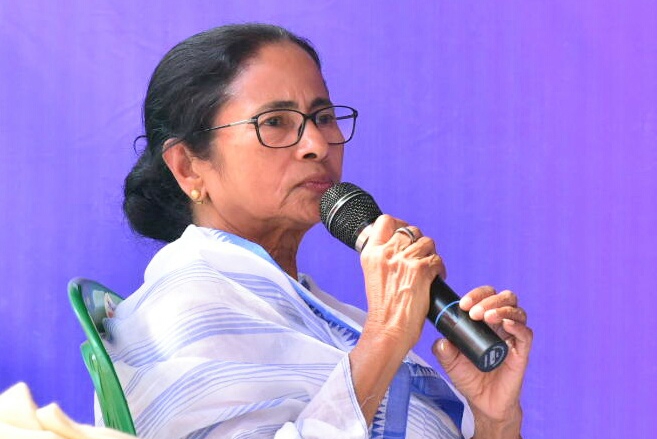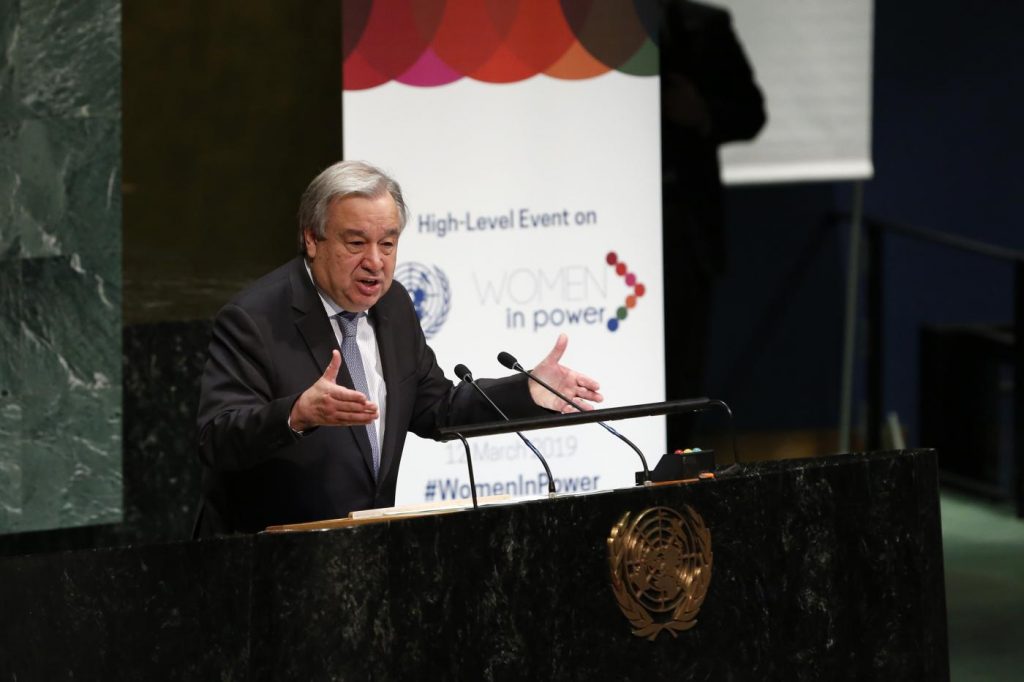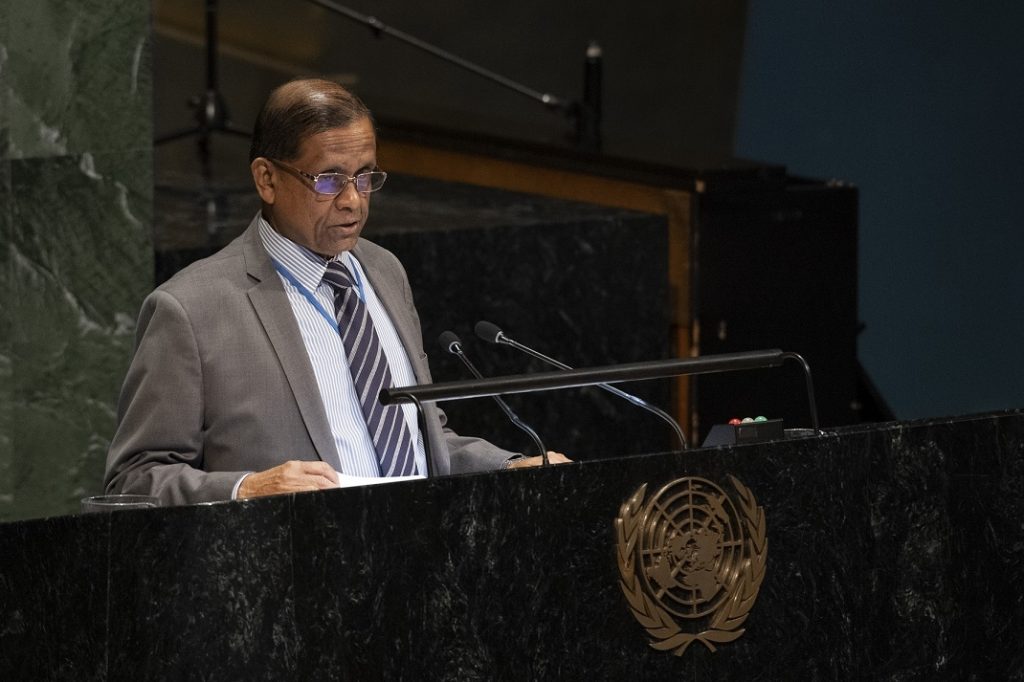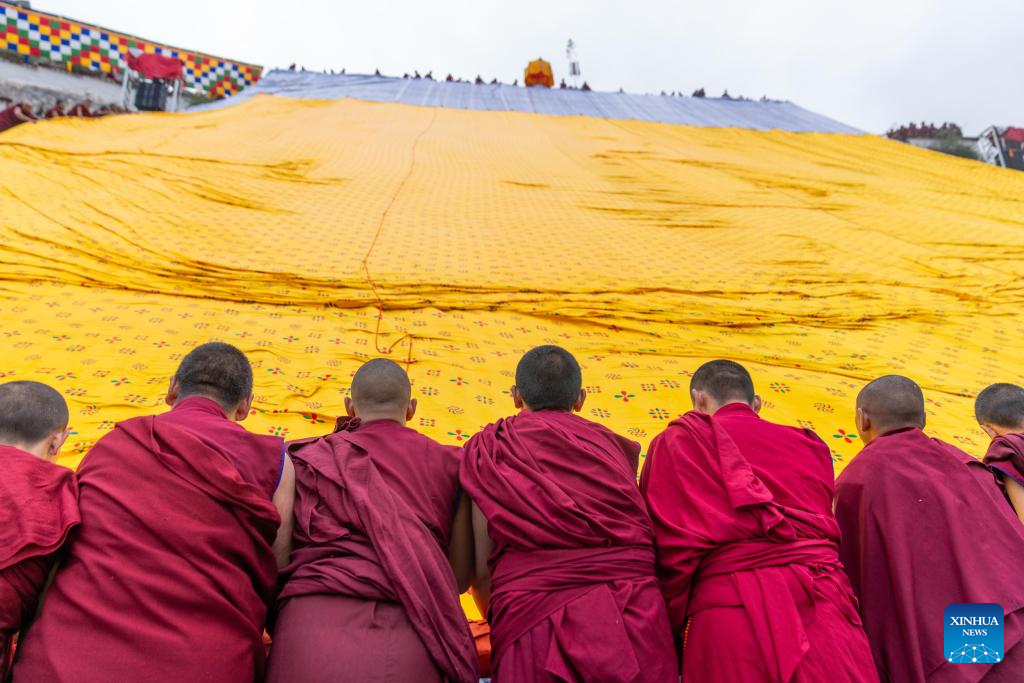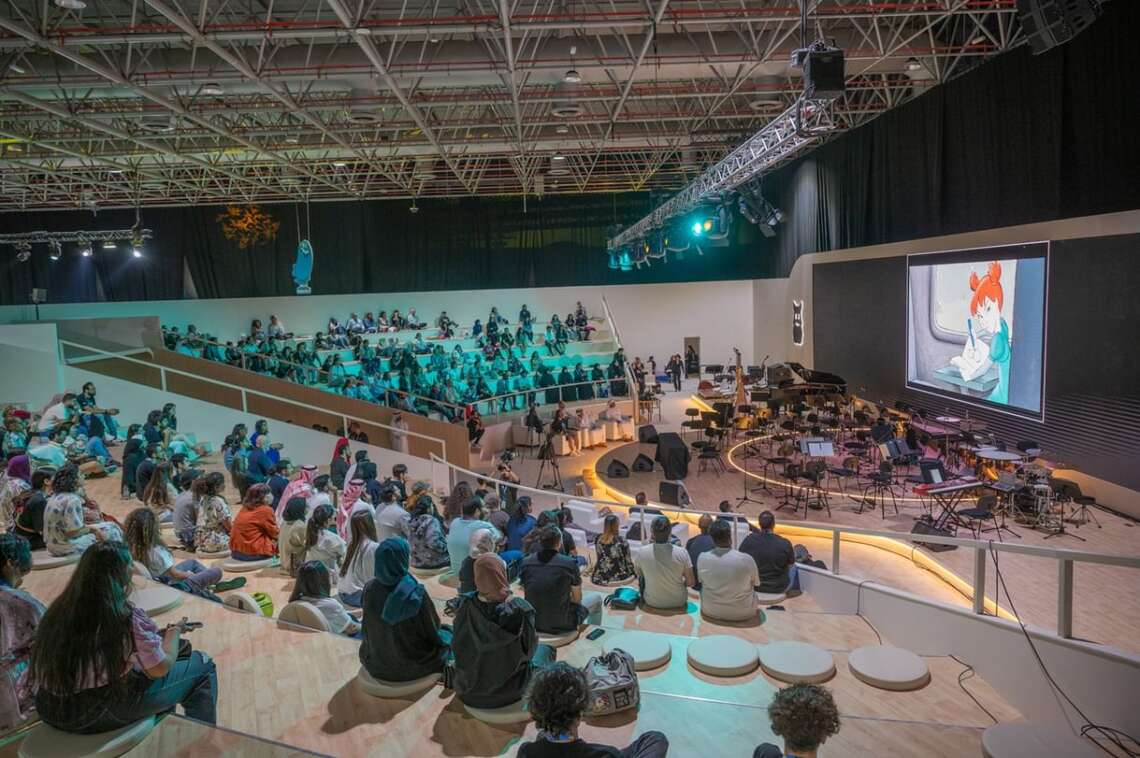Mamata Banerjees prime ministerial ambitions may have been severely jolted by the violence during the West Bengal elections which has recalled, according to a polling officer, what used to happen in Bihar a decade or so ago…writes AMULYA GANGULI

Nor is the latest period of lawlessness the only time when the state has seen such unruliness. The panchayat polls a year ago were also marred by anarchic conditions so much so that a large number of opposition candidates could not file their nominations as the Trinamool Congress supporters ran amok.
It was the sad experience of the panchayat polls which made the Election Commission spread the holding of the Lok Sabha elections in West Bengal over seven phases and ruled that the paramilitary forces must be present in every polling booth.
Rarely has such lack of trust in the state police been displayed by a constitutional body in any other province. But the mayhem during the panchayat polls left no option for the Election Commission but to deploy police personnel from outside the state over whom the Trinamool Congress politicians will have no control.
Since none of this enhances Mamata Banerjee’s reputation, her claim to be a leader at the national level can hardly be taken seriously.
There is little doubt that she has “inherited” the dubious legacy of her Leftist predecessors whose three-decade-long rule was characterized by a similar cadre raj. The only difference is that while the Marxists appeared to have greater control over their followers, the Trinamool Congress seemingly lets them run loose.
As a result, nothing can be done in West Bengal, such as constructing a block of flats, without placating the ruling party goons.
Arguably, if these rowdy elements have been given greater latitude, the reason is that the Trinamool Congress no longer feels as politically secure as when it ousted the Left.
One explanation of its nervousness is the Bharatiya Janata Party’s (BJP) rising clout as a result of the perception that Mamata Banerjee has been tilting rather too much towards the minorities to retain her hold on this large section comprising 30 per cent of the population.
Although she has lately been taking “corrective” measures by tilting towards the Hindus as well by undertaking the repair of temples, the BJP has apparently been able to establish a base of sorts in a state where it had hardly any presence earlier.
BJP chief Amit Shah’s boast of winning more than 20 of the 42 seats may be exaggerated. But there is little doubt that, first, the BJP has succeeded in replacing the Left and the Congress as the Trinamool Congress’s main opponent.
And, secondly, that it is capable of making serious inroads into the Trinamool Congress’s areas of influence in the urban and semi-urban localities to emerge as winners in eight or 10 seats.
Aware of this possibility, Mamata Banerjee has done the worst thing possible – that of unleashing the cadres to intimidate the voters, as during the panchayat polls.
It isn’t only her pro-Muslim image which has made her act recklessly, but also the fact that under her rule, West Bengal has seen little development.
A state which was once known for its big and small industries in Howrah, Durgapur, Asansol and Raniganj, and for its thriving mercantile offices in Dalhousie Square, has today reached a stage where Nobel laureate Amartya Sen was constrained to compare the virtually deserted Kolkata airport with Fatehpur Sikri, Emperor Akbar’s abandoned capital.
Despite Mamata Banerjee’s several attempts to reach out to the corporate sector, there has been little response because few have forgotten her peremptory ousting of the Nano factory of the Tatas from Singur.
If the rise of the Left in the 1960s saw a “flight of capital” because of militant trade union tactics based on “gherao”, a word which has found its way into the English language, as the former Marxist chief minister Buddhadev Bhattacharjee proudly said, the “flight” has continued, turning West Bengal into an industrial wasteland. Hence, Narendra Modi’s jibe that Mamata “didi’ is a speed-breaker where development is concerned.
Mamata Banerjee may have made the Leftists flee with her own brand of militancy, but countering the challenge from the Right with the same tactics is ill-advised at a time of 24×7 television coverage.
If the BJP is able to reach double figures in respect of the seats, it will be a blow not only to Mamata Banerjee, but also to West Bengal’s vaunted reputation as a “progressive”-minded, Left-oriented state, which has little time for a north Indian gods like Ram, as the Trinamool Congress’s Chandan Mitra said.
To many in the state, the political transition from the Congress to the Left in the 1960s was a natural process, given the state’s intellectual pretensions. But the rise of the Right will be an entirely novel phenomenon. How the argumentative Bengalis deal with it in their “addas” will be keenly watched.

